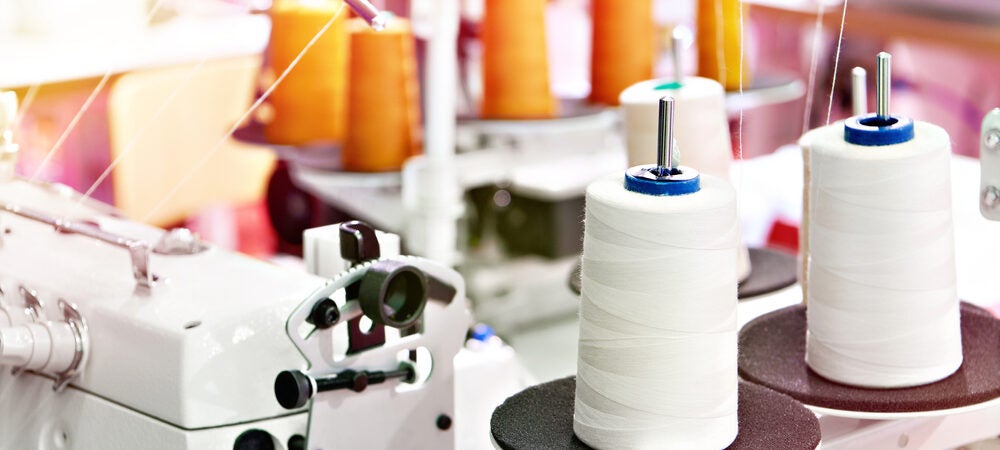Forward by Julia K. Hughes, President, U.S. Fashion Industry Association
The Changing Landscape of Sourcing: Challenges and Opportunities in 2023
This is the tenth USFIA Benchmarking Survey. During the past decade we have seen the fashion industry respond successfully to major disruptions and unpredictability. This year is definitely another very challenging time. In 2023 sourcing executives remain concerned about the economy and inflation. Only half of the survey respondents anticipate their sourcing volume will grow during 2023, while one year ago 90% of the sourcing executives predicted expanding business.
What is new in this Benchmarking Survey is the level of concern about the future of the U.S.-China business relationship. Lately it seems that one of the few issues that unites Republicans and Democrats in the U.S. Congress is their focus on the threat from China. At a recent Congressional hearing the theme was “Decouple, De-Risk, Diversify,” and diversification seems like an appropriate way to summarize how the fashion industry is responding to the new level of economic and diplomatic uncertainty. Nearly 80% of respondents plan to reduce their China sourcing over the next two years.
While not just a China issue, in 2023 concerns about forced labor allegations and potential risks in the fashion supply chain rank as the second most serious business concern. The Uyghur Forced Labor Prevention Act (UFLPA) is part of the impetus for this high level of concern. The fashion industry has not wavered in our commitment to eliminate all forced labor from the supply chain, but we know it is going to take time to achieve that goal. In the meantime, there is a very clear impact on cotton sourcing in China and Asia. This issue is a top priority for USFIA as we talk with the Biden Administration and the key officials at the Forced Labor Enforcement Task Force and U.S. Customs and Border Protection.
There are many positive findings in this year’s Survey. We celebrate the industry’s commitment to increase sourcing of apparel made from recycled and other sustainable textile fibers. This year the top recommendation for a trade policy initiative is to reduce or eliminate tariffs on imports of sustainable and recycled textile and apparel products. And we see a very clear trend to expand sourcing in the Western Hemisphere – especially from our FTA partners in CAFTA and USMCA. There are a lot more insights in this year’s USFIA Benchmarking Survey and I encourage you to read the complete report. Our mission at USFIA remains to support the fashion industry with analysis, education and training, and also to advocate for trade policy that supports Fashion Made Possible by Global Trade. We continue to work to show the benefits of trade, and fashion industry sustainability initiatives, to lawmakers and to the public.
Special recognition to Dr. Sheng Lu, Associate Professor in the University of Delaware’s Department of Fashion & Apparel Studies, for his hard work to analyze the data and develop these important conclusions. And special thanks to the sourcing executives who shared their views and insights.
2023_USFIA_Benchmarking_Study (1)To read more on the study, please click here.
Dr. Sheng Lu is an Associate Professor at the University of Delaware’s Department of Fashion & Apparel Studies.

